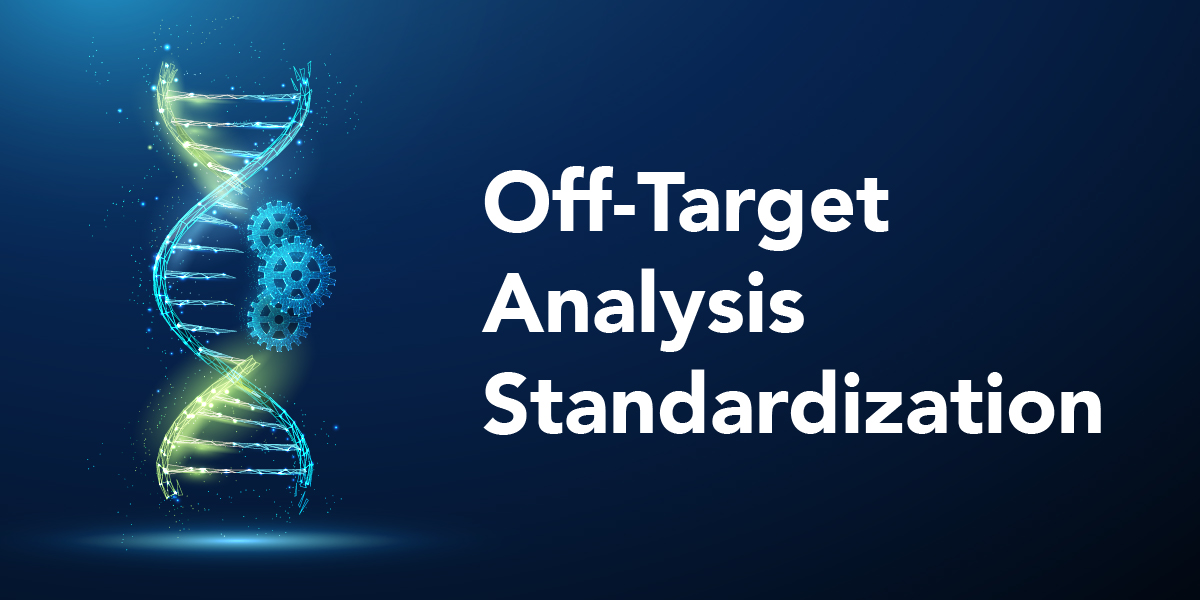The Need for Standardization
Genome editing tools such as the CRISPR-Cas system have opened the door to new therapeutic modalities, but the rapid pace of development has also highlighted challenges: how can researchers and regulators be confident in the accuracy, safety, and reproducibility of gene editing results?
Dr. Samantha Maragh from the National Institute of Standards and Technology (NIST) Genome Editing Consortium, addresses this question and more in an on-demand webinar, focusing on the importance of building trusted controls and norms for genome editing analysis.
Genome Editing Development Workflow
Genome editing can be thought of as a three-stage process:
- Selecting Gene Editing Platform – Scientists must choose an editing system, such as CRISPR-Cas nucleases, base editors, or prime editors. Each technology offers distinct advantages but also carries unique risks and sources of variability.
- Delivery into Cells – Gene editing machinery or nucleic acids encoding the machinery are delivered to patients or directly into cells using methods such as viral vectors, electroporation, or nanoparticle-based systems. Each approach has implications for efficiency and safety.
- Measuring Outcomes – After editing, researchers examine whether the desired change occurred and whether unintended edits—off-target or structural variations—were introduced. This step relies on advanced sequencing and analytical methods, but results can differ between laboratories due to lack of common standards.
These steps illustrate not only the areas of potential innovation, but also the complexity of genome editing. Each layer—choice of molecule, delivery, and measurement—can influence the interpretation of results and the level of confidence in conclusions.
Sources of Uncertainty
A recurring challenge in assessing the success and safety of gene editing is the variability in experimental workflows. Even subtle differences in reagents, cell types, or sequencing approaches can yield divergent findings.
As a result, it becomes difficult to compare study outcomes across laboratories or validate findings, even when targeting the same genetic locus. This problem becomes more urgent in a clinical context, where regulators and patients need reliable, reproducible evidence.
Without agreed-upon scientific norms, the pace of gene editing technology innovation may accelerate, but advances in fundamental science and clinical translation will be held back.
Making Sense of the Outcome
A variety of assays have been published to analyze on- and off-target genome editing outcomes –these assays include GUIDE-seq[1], CIRCLE-seq[2], DISCOVER-seq[3], CHANGE-seq[4], as well as others, and they can vary in sensitivity, specificity, and context. Having multiple ways to assess gene editing events provides both benefits and challenges. Different methods can complement one another, allow tailoring to research or clinical needs, and enable cross-validation of results. However, this diversity also creates inconsistent outcomes across methods, complicates standardization, increases costs and resource demands, and raises questions about which findings are biologically meaningful.
Amongst the challenges of having multiple outcome evaluation methods is the difficulty in standardization. With no single gold standard, comparisons across laboratories and platforms are hampered.
Standardization Supports Scientific Innovation
While multiple tools can enrich scientific understanding, they also highlight the need for harmonized standards to ensure reproducibility, comparability, and regulatory confidence. The creation of gene editing standards of measurement will help researchers to efficiently evaluate new tools, refine methods, and further accelerate the pace of discovery.
In the end, confidence in the reproducibility of experiments, in the accuracy of measurements, and in the safety of outcomes will be crucial for translating gene editing insights into novel therapies and industrial applications.
Read our other gene editing QC blogs:
References
[1] Nat Biotechnol. 2015 Feb;33(2):187-197. doi: 10.1038/nbt.3117.
[2] Nat Methods. 2017 May 1;14(6):607–614. doi: 10.1038/nmeth.4278
[3] Science. 2019 Apr 18;364(6437):286–289. doi: 10.1126/science.aav9023
[4] Nat Biotechnol. 2020 Nov;38(11):1317-1327. doi: 10.1038/s41587-020-0555-7

